Tesla vs BYD in Kenya 2025 — Battle of the EV Giants
Tesla vs BYD in Kenya 2025 — Battle of the EV Giants
A Kenya-focused guide: price, range, charging, ownership and who wins on local roads.
Introduction — Why Kenya needs this comparison
Electric vehicles (EVs) arrived in Kenya as niche imports and quickly evolved into a major mobility conversation. By 2025 two names are impossible to ignore: Tesla, the Silicon Valley pioneer that redefined what a car could be, and BYD, the Chinese EV powerhouse that sells at massive scale around the world. For Kenyan buyers — from tech-savvy Nairobi families to fleet managers and small business owners — the question is practical: which of these brands makes more sense here and now?
This article compares Tesla and BYD through a Kenya lens: total landed price, availability, real-world range on Kenyan roads, charging and energy strategy, servicing, and resale. The goal: help Kenyan buyers make a confident decision in 2025.
Photo gallery — Tesla & BYD (visual context)
Images help readers visualise ownership — click to enlarge after you paste this into your platform.

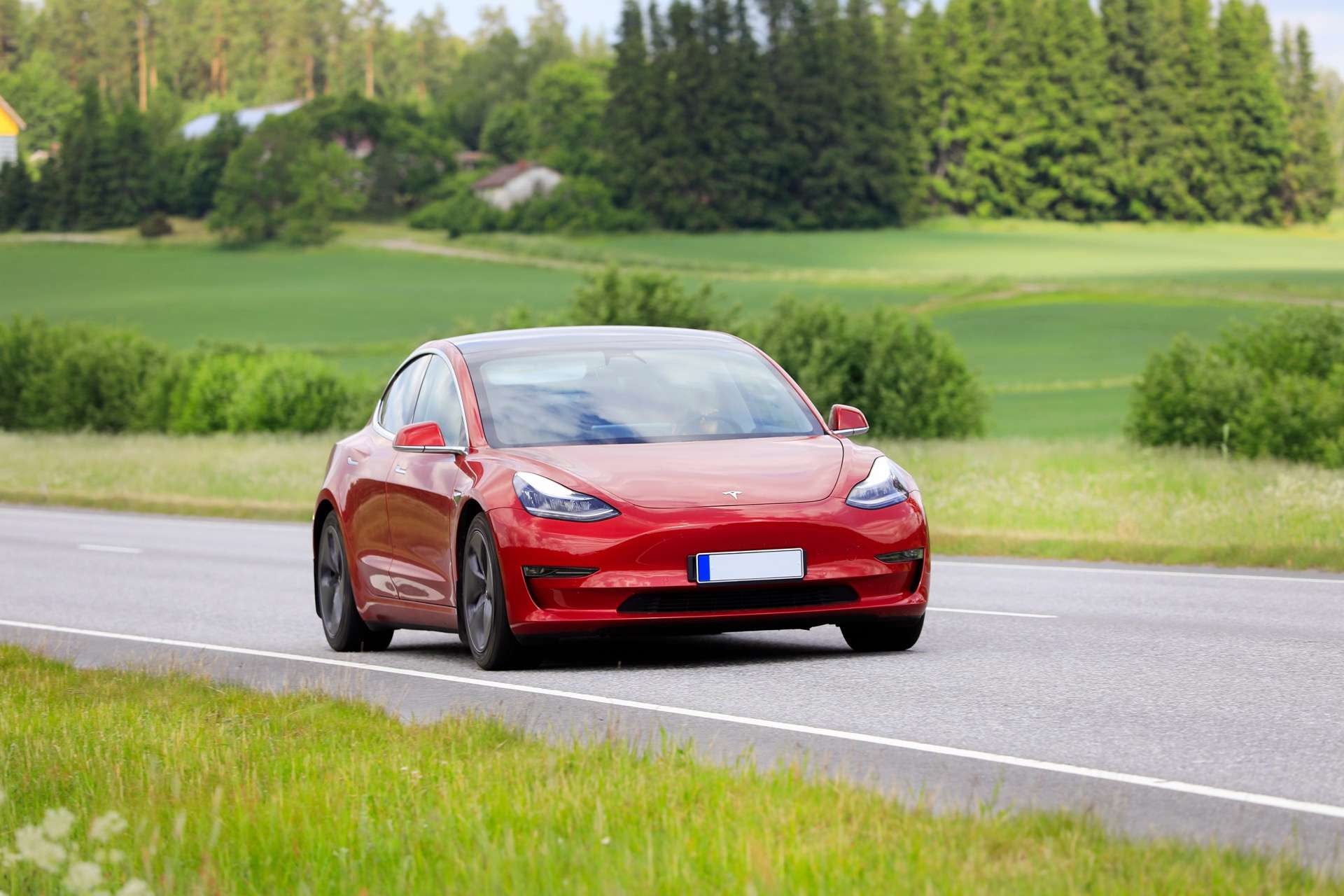
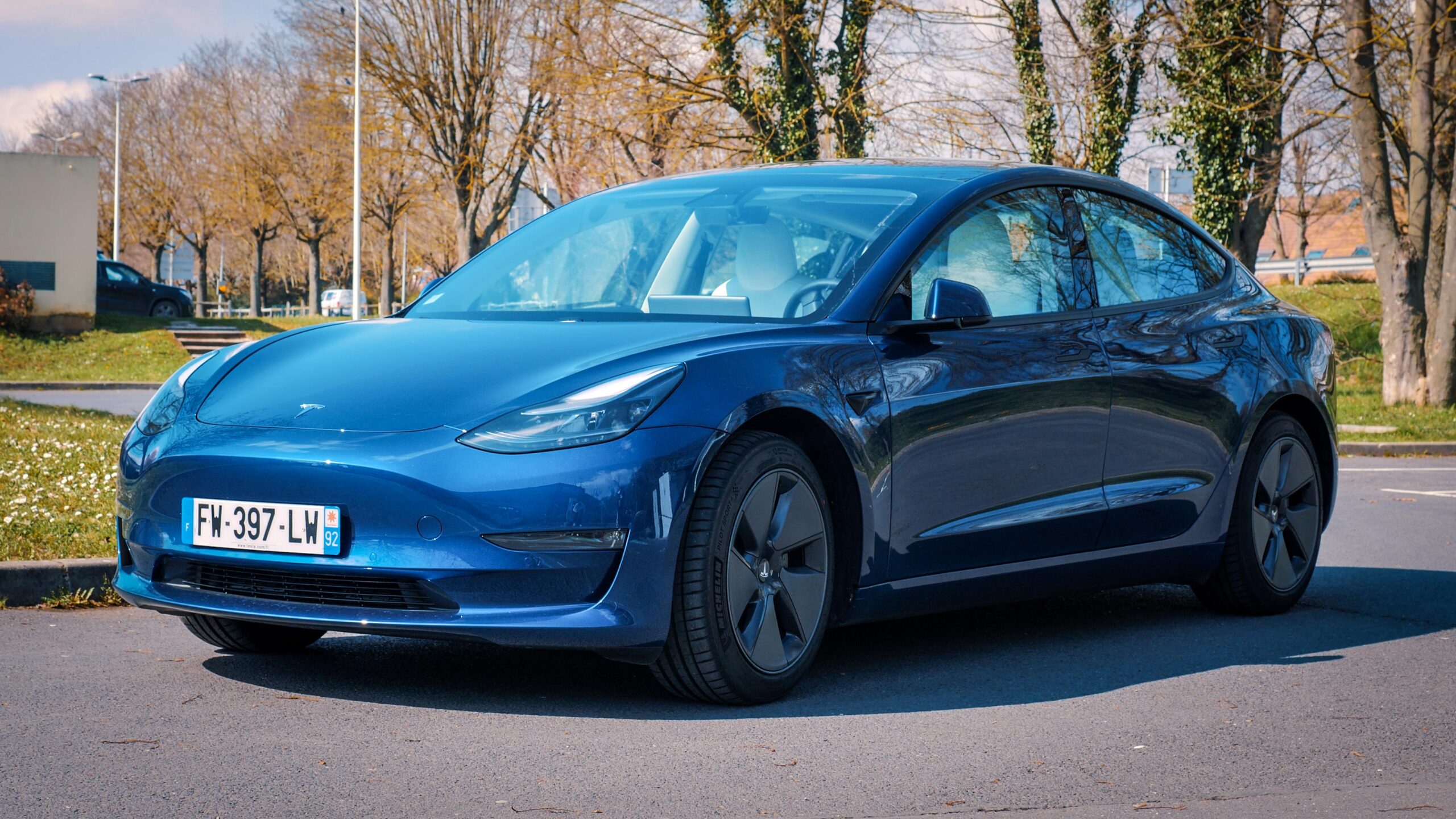
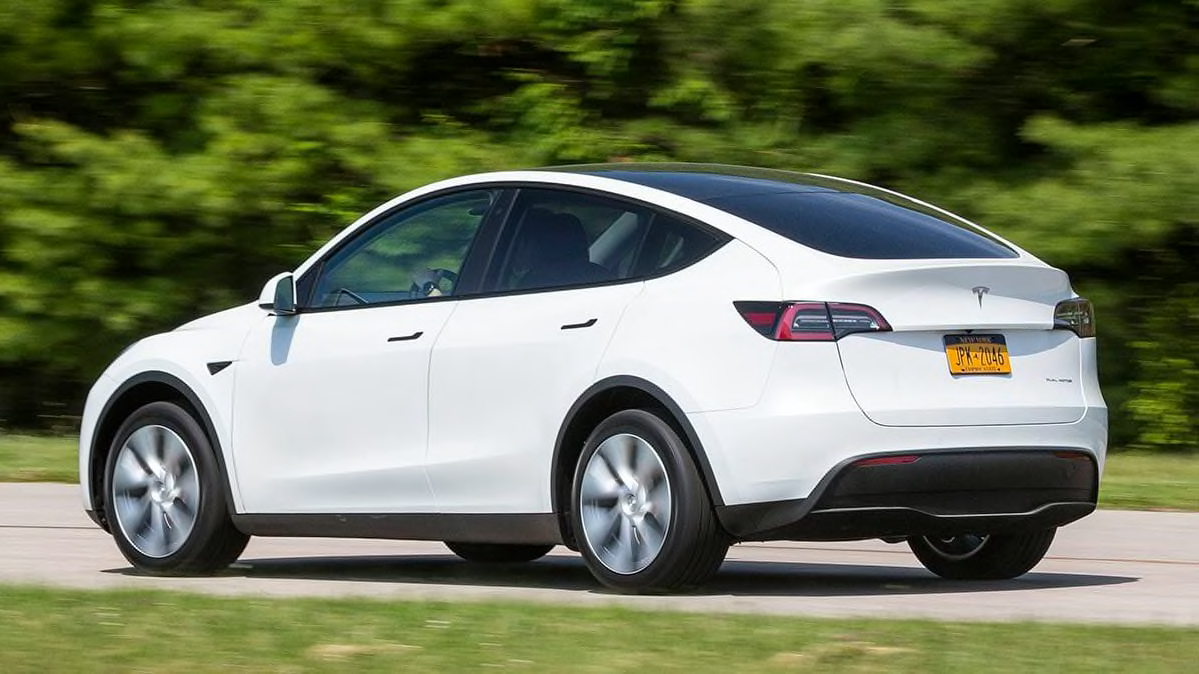
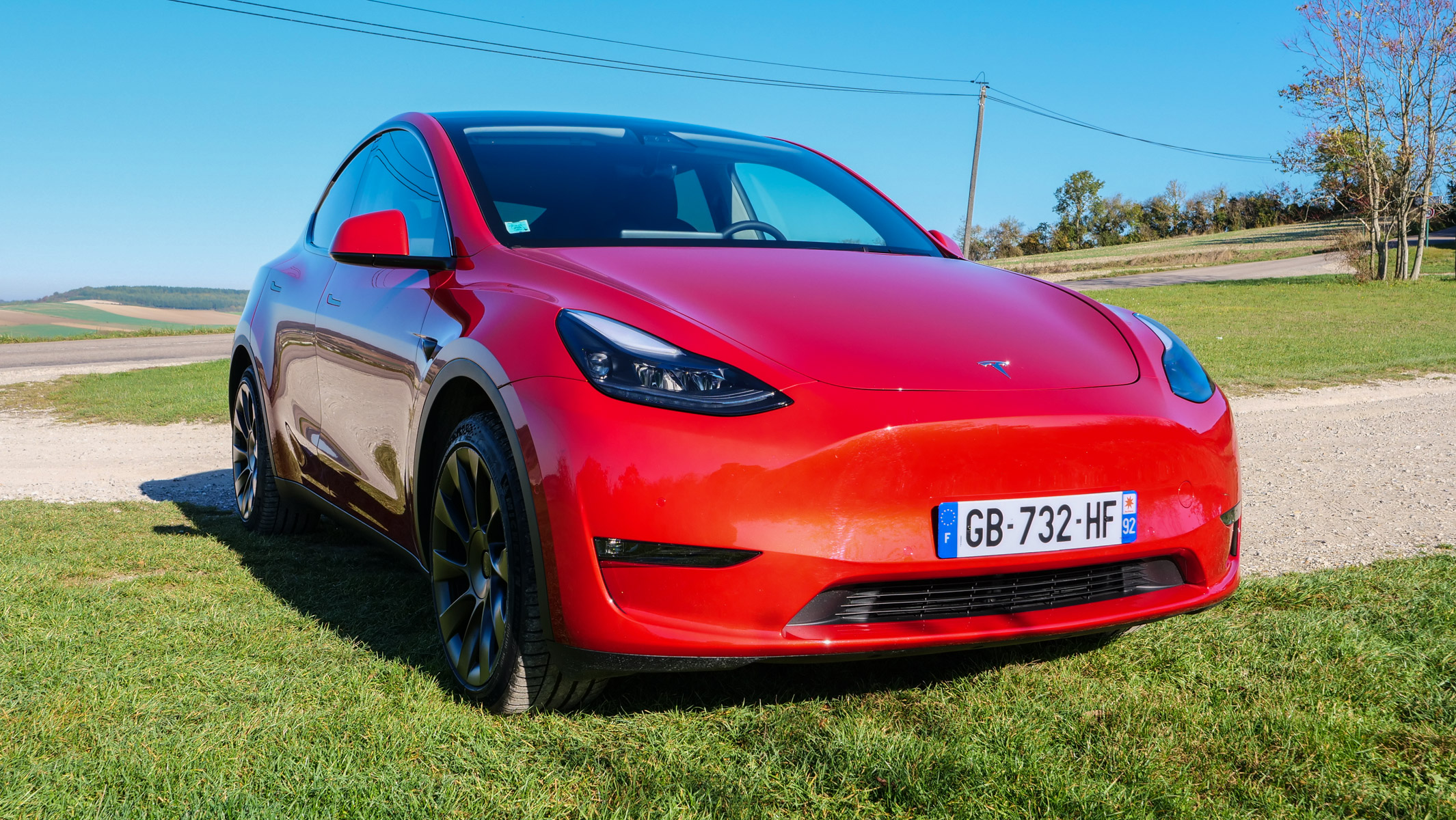
Tip: Replace BYD placeholder images with actual BYD Atto 3 / Dolphin image URLs for best results when publishing.
Brand overview: Tesla vs BYD — different routes to EV dominance
Tesla — technology & ecosystem
Tesla is widely perceived as a tech company that builds cars. Its strengths are in battery engineering (4680 cell advances), software (over-the-air updates, Autopilot and FSD), and a global Supercharger network where present. Tesla’s models (Model 3, Model Y, Model S, Model X, Cybertruck) focus on high performance, integrated software, and a premium ownership experience.
BYD — scale & value
BYD (Build Your Dreams) is the world’s largest EV seller by volume. Their strategy is different: produce a broad lineup of affordable, reliable EVs with competitive battery tech (Blade battery), apply massive manufacturing scale, and undercut many rivals on price. BYD’s likely matches for Kenya include the Atto 3 (compact crossover) and the Dolphin (compact hatch), both built for practical, everyday use.
“Tesla sells innovation and ecosystem. BYD sells scale, value, and ubiquity — both strengths matter to Kenyan buyers for different reasons.”
Price & availability in Kenya — the immediate reality
Price is the single biggest factor for Kenyan buyers. Tesla’s strength — premium tech and brand desirability — comes with a higher landed cost when imported. BYD’s strength — value and global volume — typically results in much more competitive pricing and better parts availability in markets served by Chinese manufacturers.
Tesla cars arriving via private importers in 2025 often show as premium imports. Expect higher clearing fees, special customs queries, and higher insurance premiums due to overall vehicle value and brand perception.
BYD arrivals can be cheaper to land into Kenya because the vehicles are cheaper at origin, parts are often easier to source through existing Chinese supply chains, and BYD actively pushes export-based volume into many African markets — meaning potential local dealers and support sooner rather than later.
Practical takeaway for Kenyan buyers: if your budget is tight but you want a modern EV with good range, BYD often gives the better immediate value. If you prioritise long software support and a Tesla ownership experience, then Tesla is worth the premium — but expect to pay for it.
Range & charging — real world Kenyan conditions
Range claims are one thing — real driving in Kenya’s mixed roads and climate is another. Two factors shape daily usability: usable range and charging access.
Real world range
Tesla models (Model 3 / Model Y) typically advertise higher ranges on paper (400–540 km WLTP for top configurations depending on trim). BYD Atto 3 and Dolphin offer competitive but typically lower top-range figures (Atto 3 roughly 300–450 km depending on configuration).
For Kenyan use — city driving, occasional long trips to the coast or upcountry — both brands can work. Tesla’s efficiency and higher top range may be an advantage for long corridor trips; BYD’s efficient urban performance may be more than enough for daily commuting and weekend trips.
Charging infrastructure & energy strategy
Kenya’s charging network is growing. Nairobi, Mombasa and major highways now have DC fast charge points from private operators and shopping centre partners. For both Tesla and BYD owners, a home charging solution is the most important purchase decision: a dedicated wallbox (7–11 kW) and, ideally, rooftop solar to mitigate grid outages and reduce cost.
Key point: Tesla’s Supercharger network doesn’t currently blanket Kenya. That means Tesla owners depend on standard Type 2 AC chargers and available CCS/DC fast chargers (with adapters). BYD owners will use the same public charge infrastructure. The advantage tilts to models that are adaptable to local chargers and to owners who invest in home charging + solar.
Ownership & service — parts, technicians, and peace of mind
Owning an EV requires a service ecosystem. While EVs need fewer mechanical services, battery, electronics, and software support are essential.
Tesla servicing
Tesla’s approach has been to centralise software delivery and to run dedicated service centres. Where Tesla has official presence, owners benefit from direct software support and genuine parts. In Kenya, official Tesla service is limited — private importers often rely on independent EV technicians and remote Tesla support. That works, but it may require patience for parts and specialist repairs.
BYD servicing
BYD benefits from a large manufacturing base and a growing dealer network in many emerging markets. BYD spare parts are generally easier to source for markets where Chinese manufacturers have a footprint. Independent EV technicians are also increasingly familiar with BYD systems, which can reduce downtime and insurance headaches.
Bottom line: BYD generally wins on local parts and quicker servicing in early-adopter markets. Tesla wins where there is direct manufacturer presence or a well-established importer with access to parts and certified technicians.
Resale & depreciation — what to expect in Kenya
Resale behavior for EVs in Kenya is still maturing. Two counteracting trends matter:
- Strong brand desirability and limited supply can keep resale high for premium brands (Tesla).
- Mass-market affordability and ease of service can keep BYD resale healthy as demand for low-cost EVs grows.
In practice, Tesla imports often command strong second-hand prices among status-driven buyers and tech fans, but a limited servicing network may narrow the pool of buyers. BYD’s lower entry price, easier parts supply, and practical positioning make it attractive to larger groups of buyers, which can stabilise resale values across a wider market segment.
Practical advice: When importing, document everything — service history, battery reports, and invoices — to protect resale value, regardless of brand.
Who should buy Tesla — and who should buy BYD in Kenya?
Buy Tesla if you:
- Value software, long-range capability, and premium ownership experience.
- Want a car that receives continuous software improvements and advanced driver aids.
- Can afford higher initial costs and are comfortable with specialist servicing or an importer who handles support.
Buy BYD if you:
- Want the best value-for-money, practical daily range, and easier parts availability.
- Need a dependable family EV or fleet vehicle at a lower price point.
- Prefer faster, local access to parts and technicians as the market grows.
Both brands have clear value propositions. The decision comes down to budget, priorities (luxury/tech vs affordability/practicality), and how much you value manufacturer support or local importer strength.
Practical Kenya tips before buying an imported EV
- Check battery health: Ask for detailed battery diagnostic reports and degradation numbers before purchase.
- Confirm charger compatibility: Ensure the vehicle supports local chargers or that you have the required adapters installed.
- Plan home charging: A dedicated wallbox + solar is a highly recommended setup for reliable ownership in Kenya.
- Budget for import fees: Include shipping, clearing, VAT, and registration in your total cost.
- Find a trusted local EV technician: Independent workshops are popping up — pick one with EV experience.
- Negotiate warranty support: Ask importers for any extended warranty or parts guarantees they can provide.
FAQs — short answers to common questions
Is Tesla better than BYD?
“Better” depends on what you value. Tesla leads in software, brand cachet and top-range performance. BYD wins on price, parts availability, and sheer value. In Kenya, BYD often gives faster local value; Tesla gives a premium ownership experience if you can manage the support network.
Which is cheaper to run?
Both are cheaper than petrol cars. BYD typically has a lower entry price which can make total cost of ownership lower initially. Tesla’s higher efficiency and range can reduce charging frequency, which helps on long-distance routes.
Which one resells better?
Currently both have resale demand in different buyer segments: Tesla for premium/tech buyers, BYD for mainstream value buyers. Resale depends heavily on condition, battery health, and service documentation.
Conclusion — Who wins the Kenya market in 2025?
There’s no single winner in the Tesla vs BYD match — only winners by buyer type. If you want the prestige, cutting-edge software, and longer highway range and can handle premium pricing and specialist servicing, Tesla is the brand that delivers that vision. If you want the most car for your money, easier local support, and a pragmatic daily EV that fits Kenyan budgets and roads, BYD is an excellent choice.
For many Kenyan families and fleets in 2025, BYD will be the practical, fast-adoption leader. For enthusiasts, early adopters, and those who prioritise software and long-range travel without frequent charging stops, Tesla remains the aspirational choice.
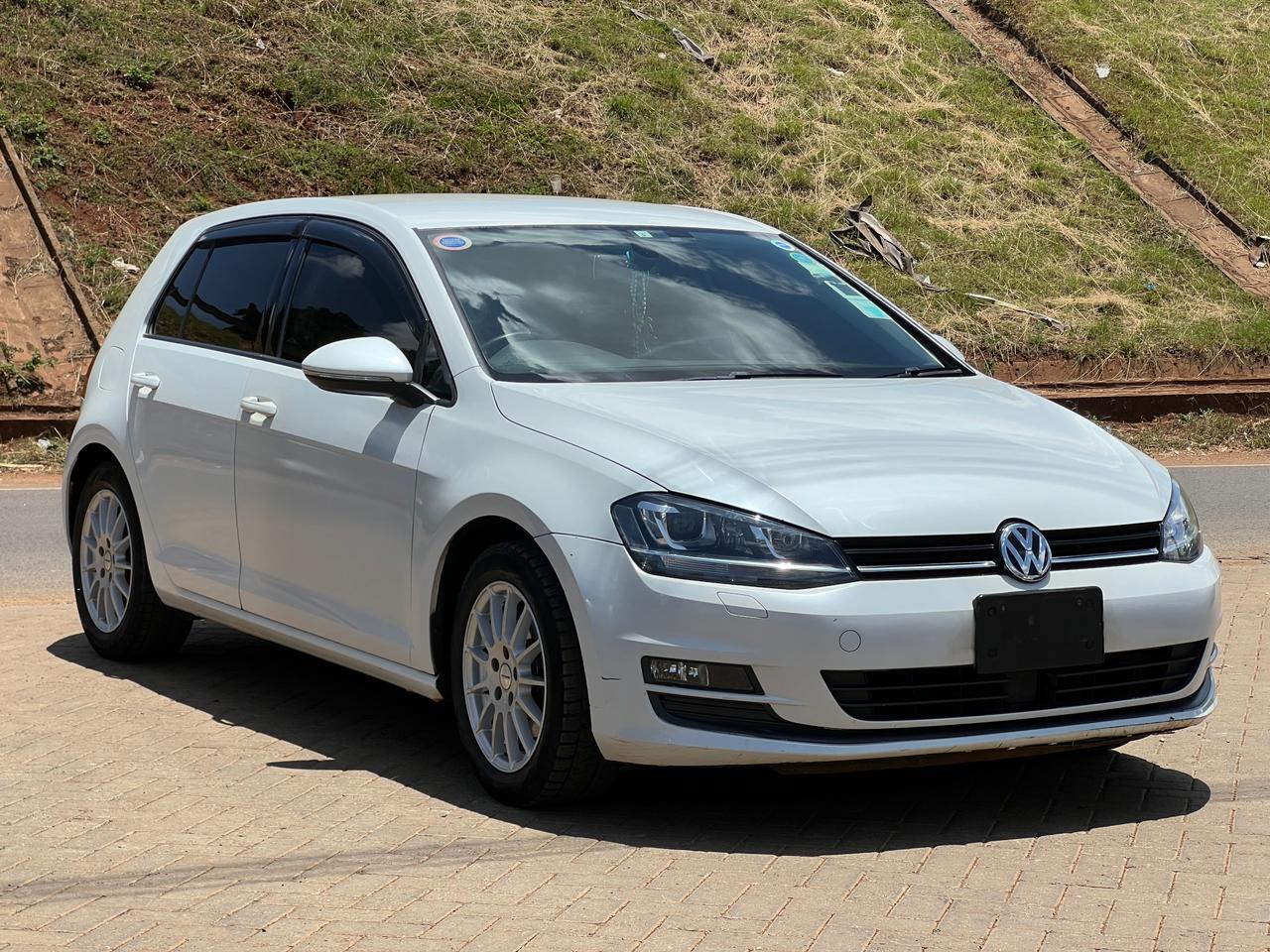




Comments